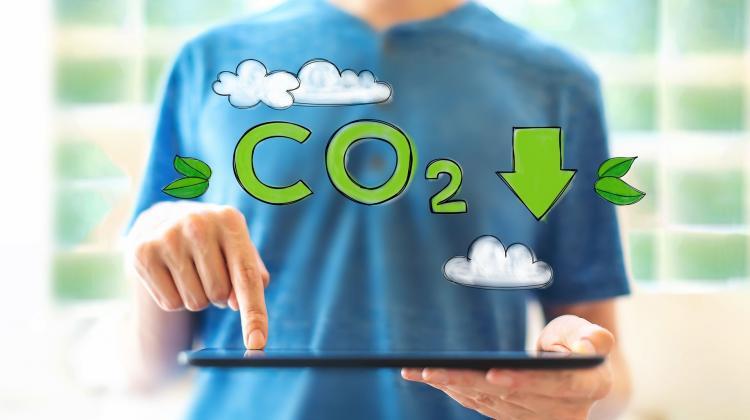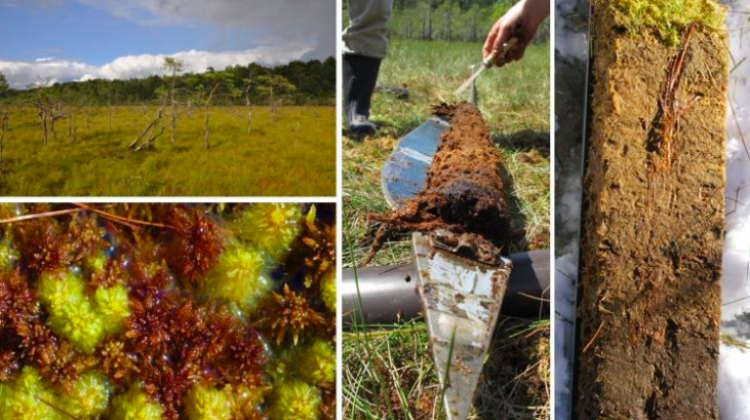Scientific ‘hit squad’ team up to combat CO2 emissions
 Credit: Fotolia
Credit: Fotolia
Scientists from the Silesian University of Technology have teamed up with an international academic ‘hit squad’ to combat the threat of carbon dioxide emissions.
The team which includes scientists from Europe and China are looking at ways of improving methods for capturing carbon dioxide from flue gases and then storing it below the surface of the land or sea.
In today’s industrialised world, the increasing production of CO2 is a huge threat to the planet.
Professor Andrzej Szlęk from the Silesian University of Technology said: "The innovation of the project consists in the development of oxygen combustion technology using the idea of the so-called chemical loop.”
Since underground storage of flue gas is energy expensive, only gases that pose a threat to the environment (e.g. carbon dioxide) should be stored. Normally, nitrogen accounts for up to 80 percent of combustion products, but it is a completely harmless gas, therefore storage of flue gas containing this nitrogen would be uneconomical. It is therefore necessary to separate CO2.
Obtaining nitrogen-free flue gas is possible with two methods: the first is to absorb diluted CO2 from the flue gas in special liquids, and then to obtain pure carbon dioxide. The second is combustion of fossil fuels or biomass in stationary technological installations in oxygen (and not in air constituting a mixture of gases), as a result of which the flue gas does not contain nitrogen.
One version of the second method is to include an oxygen carrier, usually a metal, in the process. The metal is first burned in air, resulting in metal oxide in solid form. Then the metal oxide oxidizes the fuel (in the case of this project it is coke breeze, a waste product of petroleum refining processes, or any other type of fuel), and it is reduced to metal, allowing the oxygen to combust without the need for its costly separation before the combustion process.
Professor Szlęk said: "Such pure CO2, obtained as a result of combustion in pure oxygen, should be liquefied and injected into natural underground tanks.” The procedure reduces carbon dioxide emissions. What's more, it gives the opportunity to use this compound, for example, to increase the yield of oil fields.
The final result of the project will be a pilot installation in China. "In my opinion, its industrial implementation will take a few years, provided that there is an entity willing to carry out industrial implementation," says Prof. Szlęk. The latter will depend on the quality of the pilot installation," he adds.
PAP - Science in Poland, Dr. Aleksandra Ziembińska-Buczyńska
Dr. Aleksandra Ziembińska-Buczyńska, a professor at the Silesian University of Technology, is a microbiologist. She is the winner of the 2018 Popularizer of Science competition co-organized by PAP - Science in Poland and the Ministry of Science and Higher Education. Since 2017, she is the director of the Science Popularization Center of the Silesian University of Technology. In 2015, she took third place in the third Polish edition of FameLab. She hosted the show "Wynalazcy przyszłości" ("Inventors of the Future") on CANAL+ DISCOVERY, where she presented Polish inventions and discoveries expected to change our world in the near future.
The article is one of the results of the program Spokespersons of Science organized by the Copernicus Science Centre and the British Council Foundation. The program facilitates establishing cooperation between scientists who promote knowledge and science journalists.
ekr/ zan/ kap/
tr. RL
Przed dodaniem komentarza prosimy o zapoznanie z Regulaminem forum serwisu Nauka w Polsce.
















